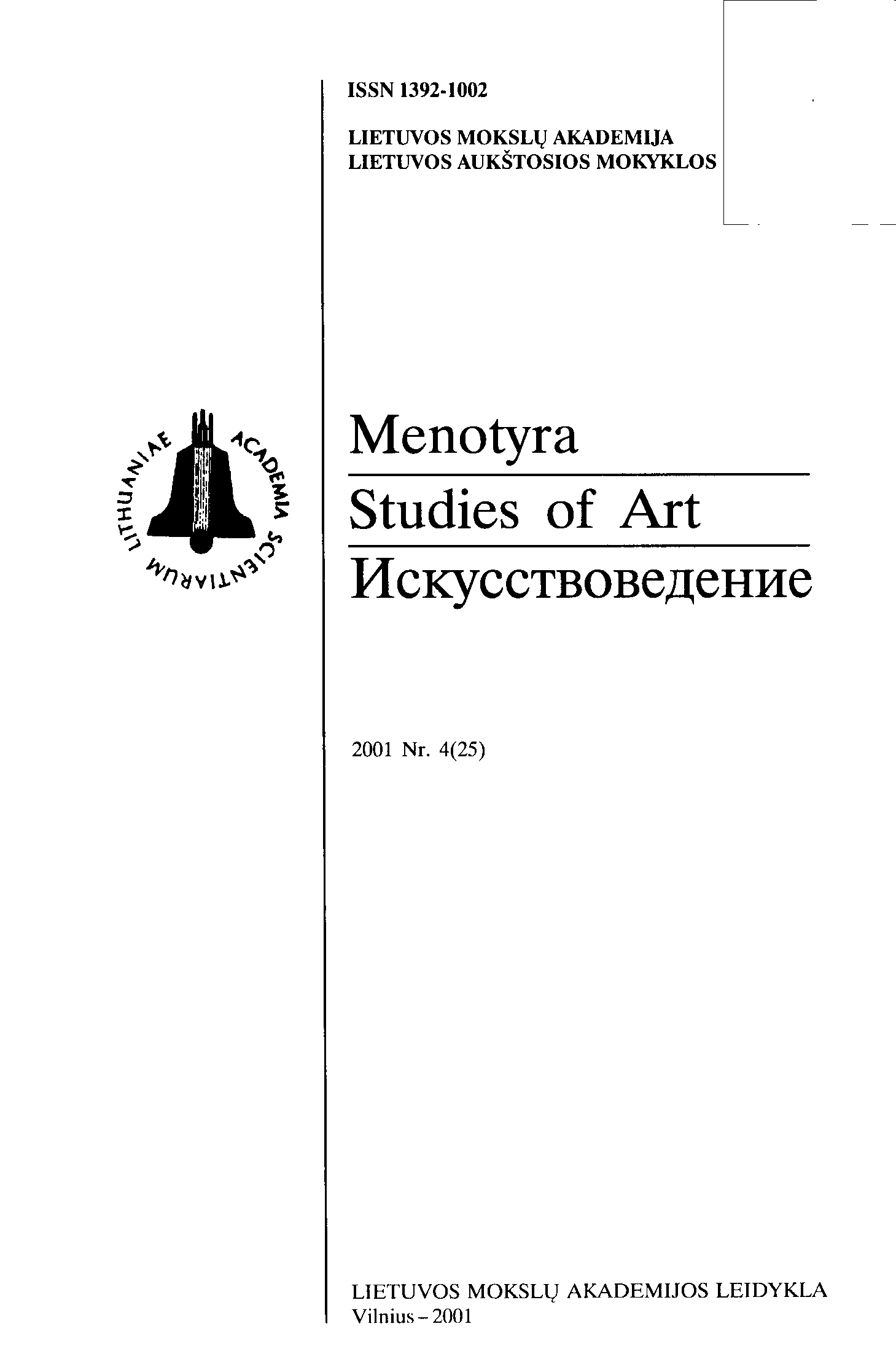Fotografija muziejuje: idėjos ir galimybės
Photography in museum: ideas and possibilities
Author(s): Agnė NarušytėSubject(s): Museology & Heritage Studies, Photography, Visual Arts
Published by: Lietuvos mokslų akademijos leidykla
Summary/Abstract: The 20th century museum has been often referred to as a stagnant institution, whose sole ability was to tediously exhibit dusty antiquities. What should be done in order to prevent photography from becoming stagnant at the Lithuanian Modern Art Museum?1. In the late 20th century, photography was recognized as art. Art Museums began to collect, store, exhibit and investigate it. However, it is worthwhile to doubt about the "artistic value" of photography. The exploitation of all the possibilities of photography discourse can make a museum more attractive,2. A museum can hardly avoid standard ways of display, Photographs hang at eye level, the museum space accompanies the spectator from the oldest to the newest exhibits. Attempts to change it by way of enlarging photographs and installing them in space were popular once - the effect of so exhibited photographs compensates the spectator's lack of attention, however, photographs lose their museum value, aesthetic and documental impressions made by an individual work. 3. When exhibiting photographs at a traditional eye-level, the only way to actualize them is to create new narratives. The most common narrative in a museum is the history of local photography. Differently from the 20th century Lithuanian art, photography has no experience in analytical, theoretically motivated exhibitions. Therefore, a consequent formation of temporal contemporary photography exhibitions could also create a theoretical photography discourse in Lithuania. 4. Creation of the database of museum collection is even more important than the exposition. A perfect system of classification would make a collection available to a great number of readers and researchers, who would widen the field of the interpretation of the photography history. Only then one can hope for a new con lent of exhibitions. This is the way how the photography history can avoid stagnation.
Journal: Menotyra
- Issue Year: 2001
- Issue No: 4(25)
- Page Range: 60-64
- Page Count: 5
- Language: Lithuanian

